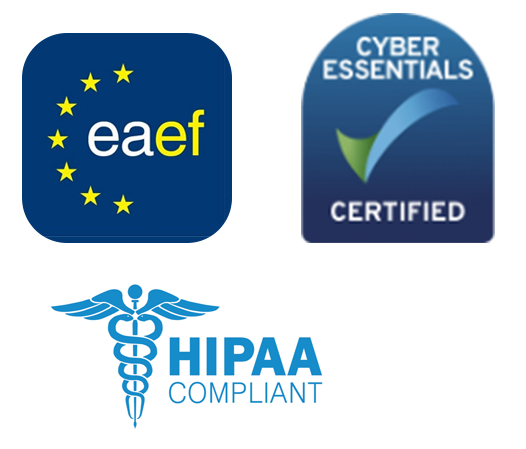
When we talk about stress at work, we often focus on pace or volume. But for teams in high-pressure, high-risk environments, the most damaging stressors are often emotional.
Whether it’s SOC analysts facing constant cyber threats, fraud teams absorbing customer distress, or AI safety specialists reviewing disturbing data to refine models, these roles expose people to emotional strain that isn’t always their own. And while this might not be as visible as burnout, it shows up in other ways: slower decisions, missed risks, tension in teams, and rising attrition.
The truth is: sustained exposure to harm, pressure, and complexity without support is a performance risk.
Performance Isn’t Sustainable Without Psychological Support
When teams operate under pressure for too long without relief, their capacity to make decisions, focus, and recover narrows. Clinical psychology refers to this as shrinking the Window of Tolerance, the mental zone where we think clearly and act decisively.
In high-intensity roles, this window closes fast. And when it does, performance follows.
- Accuracy drops
- Handling time increases
- Morale dips
- Attrition and absence rise
Supporting people’s mental resilience isn’t an add-on, it’s infrastructure for sustainable delivery.
The False Choice Between Care and Performance
There’s a long-standing idea in operational environments that wellbeing is nice to have but separate from the work.
But if people are your most valuable resource, how they feel directly shapes how they perform.
We’re not talking about perks or motivational posters. We’re talking about giving people the mental room to do high-stakes, emotionally demanding work consistently, without breaking down or burning out.
This is especially true in roles where judgment, speed, and resilience are part of the job description.
Why Standard Wellbeing Solutions Aren’t Enough
One-size-fits-all wellbeing programs don’t meet the operational reality of high-pressure roles:
- They’re reactive, only stepping in after burnout
- They’re external to workflows, making them easy to ignore
- They put the burden on the individual to reach out
- And they rarely align with performance or compliance goals
To truly support these environments, we need a systemic, embedded solution, one that protects both people and performance.
The Case for a More Embedded Approach
What works instead? Support that feels relevant. That’s embedded, not bolted on. That’s preventative, not just responsive. And that connects the dots between wellbeing, performance, and long-term sustainability.
This means:
-
Making space to recover before burnout shows up
-
Giving leaders tools to spot strain early and respond meaningfully
-
Linking support to outcomes: accuracy, retention, readiness, resilience
-
Normalizing conversations about mental load, without stigma or fear
-
Recognizing that performance drops aren’t always about ability, they’re often about overload
This Is Bigger Than Any One Role
Whether someone is moderating content, managing digital safety, labeling high-risk AI data, or working in financial threat analysis, the context may differ, but the pressure is familiar.
These roles carry a unique weight. They’re often invisible to the public, and their success depends on people staying focused, fast, and emotionally balanced, despite what they’re exposed to.
Supporting that isn’t a perk. It’s a protective factor for individuals and organizations alike.
Final Thought
You don’t need to lower the pressure to protect your people. You need to create systems that help them carry it better.
When mental health support is thoughtful, embedded, and performance-aware, it stops being a box-tick exercise and becomes part of what makes your teams resilient, effective, and able to stay.
Because ultimately, supporting people isn’t about taking them offline.
It’s about keeping them in the game.
